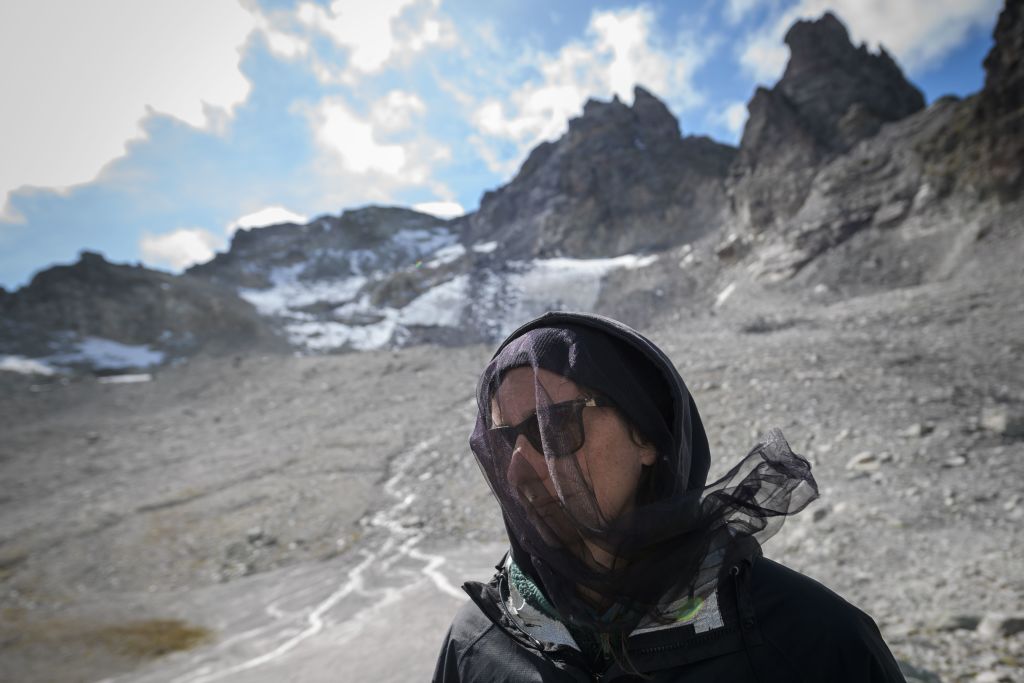About 250 mourners, including many dressed in black, ascended a Swiss mountainside on Sunday to bid farewell to a longtime resident of the Alps: the Pizol Glacier, the Agence France Presse reported. The marchers put down flowers to honor the glacier, and others played alphorns — a 12-ft wooden instrument shaped like a pipe.
The glacier, which is located at an altitude of around 8,850 feet and near the borders with Liechtenstein and Austria, was eulogized by a local chaplain, Eric Petrini, who called for “God’s help to tackle the enormous challenge of climate change,” and Matthias Huss, a glaciologist at the university ETH – Zurich, according to the AFP.
The event, which took place the day before the start of a United Nations climate summit in New York City, was organized by environmental and Christian groups, the university’s Laboratory of Hydraulics, Hydrology and Glaciolgy wrote on Twitter.
“R.I.P., Pizolgletscher!” the laboratory tweeted.
Pizol has lost about 80 to 90% of its volume since 2006, Huss told the AFP. Huss was among the authors of a study that found that more than 90% of the glacier volume in the European Alps as a whole could be lost by 2100.

According to Huss, the Pizol glacier is just one of the Swiss glaciers to have melted away over the last two centuries. “Since 1850, we estimate that more than 500 Swiss glaciers have completely disappeared, including 50 that were named,” Huss added.
March organizer Alessandra Degiacomi, of the Swiss Association for Climate Protection, told CNN that if Pizol disappears, it should be a “warning sign. This is what is going to happen if we don’t change something about our behavior.” Degiacomi told CNN that the Association has gathered 120,000 signatures to demand that Switzerland become CO2 neutral by 2050.

At least one other funeral has been held for a glacier before. In August, Iceland residents mourned the first disappearance of Okjokull, a glacier in the country which was declared dead in 2014.
Iceland also put a plaque in place to commemorate the glacier, which says, “In the next 200 years all our glaciers are expected to follow the same path.” This monument is to acknowledge that we know what is happening and what needs to be done. Only you know if we did it.”
More Must-Reads from TIME
- Caitlin Clark Is TIME's 2024 Athlete of the Year
- Where Trump 2.0 Will Differ From 1.0
- Is Intermittent Fasting Good or Bad for You?
- The 100 Must-Read Books of 2024
- Column: If Optimism Feels Ridiculous Now, Try Hope
- The Future of Climate Action Is Trade Policy
- FX’s Say Nothing Is the Must-Watch Political Thriller of 2024
- Merle Bombardieri Is Helping People Make the Baby Decision
Contact us at letters@time.com